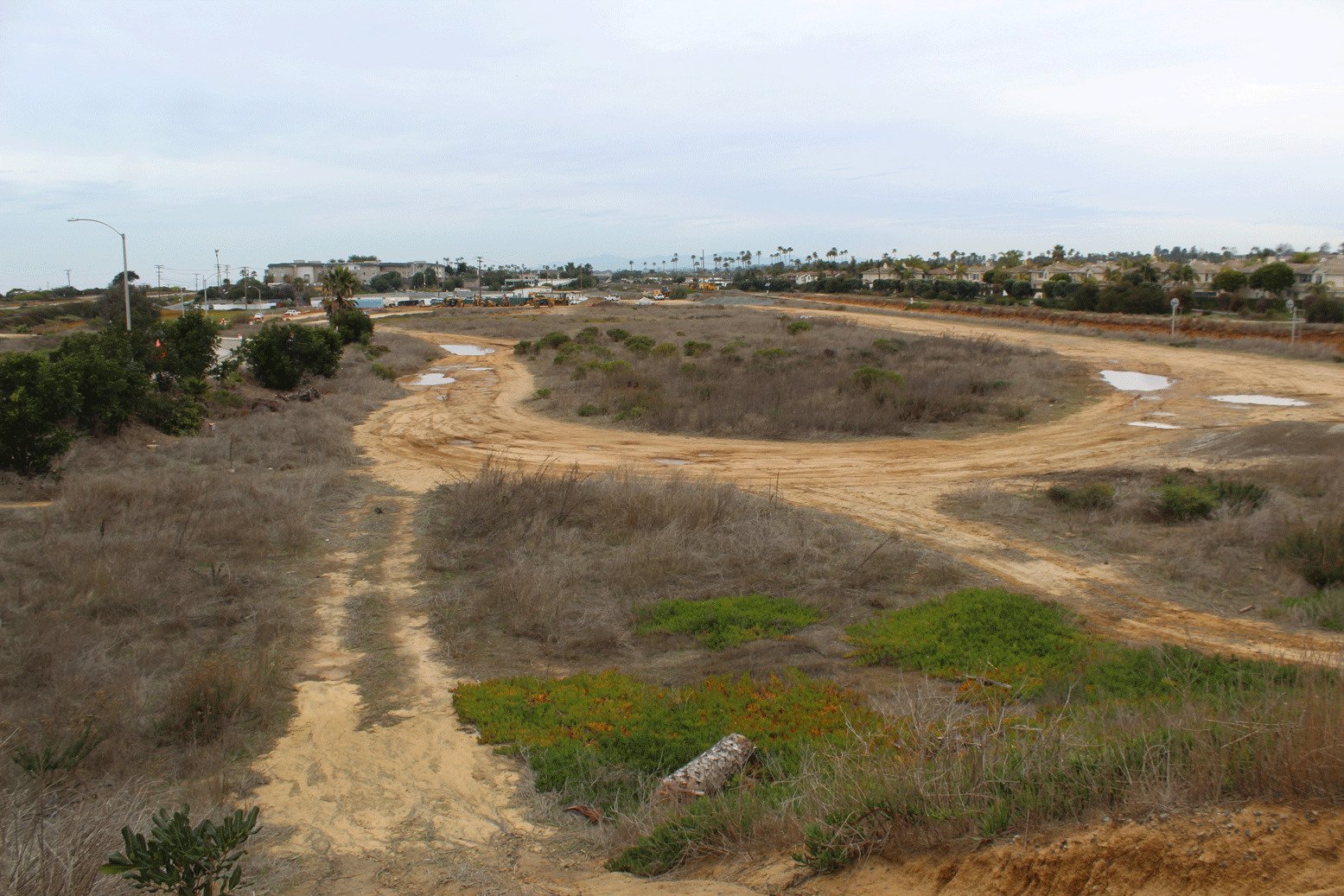CARLSBAD — The Carlsbad City Council last week unanimously approved the city’s 2021-2029 Housing Element, a state-mandated affordable housing plan that’s been in the works for over a year.
Local jurisdictions must periodically, to the state government’s satisfaction, update the Housing Element (or chapter) of their General Plans. These updates mean to ensure that cities’ land use policies reasonably enable private sector housing production to satisfy forecasted demand at all income levels.
Cities have no authority to ensure affordable housing actually gets built — historically, much of it never does, as The Coast News has previously reported.
But they’re accountable to plan for it, especially by designating enough parcels with zoning the state considers sufficient to enable to lower-rent, multi-family projects to pencil out.
Carlsbad’s allotted housing production target over the next eight years includes nearly 3,900 units at various affordability levels. The Housing Element reckons the city can already accommodate many of those units on vacant or underutilized parcels, through planned or pending projects that don’t require rezoning, and by counting current accessory dwelling units.
But it still must find room for about 1,300 additional lower-income units. The Housing Element includes a long list of parcels the city government thinks have potential to accommodate more than that number, with certain land use changes. The Housing Element doesn’t enact or guarantee such changes; the city council would only implement them as needed, within the next three years.
The city reckons city-owned sites, if repurposed for residential development, could yield more than 1,000 lower-income units; certain commercial and industrial parcels, similarly rezoned, could also accommodate about 1,000; and existing residential parcels, if “up-zoned” to allow for higher densities (i.e., bigger, taller buildings) could accommodate about 700.
That leaves a theoretical surplus of more than 1,400 potential lower-income units to act as a “buffer.” The state’s “no net loss” law requires the city to find new parcels to accommodate lower-income units, if identified parcels, once developed, under-yield.
“If we identify a site [in the Housing Element] for lower-income housing, say 100 units, and an actual project comes in with only 20 of those units as being affordable to lower-income [households], we need to find a replacement for those 80 additional units,” city planner Scott Donnell said.
Such shortfalls will almost certainly occur, since developers typically build mixed-income rather than all lower-income projects. The city will need to dip into its surplus to make up the difference.
After five drafts, several citizen commissions’ deliberations, public hearings, and back-and-forth with the state approving agency, the council made one final tweak at their April 6 meeting and pulled the trigger.
Council voted 4-1 to remove the “Ponto property” from the list of candidate parcels, leaving city staff to find some replacement with similar unit-yield potential.
Residents have expressed concerns about developing this property, a vacant lot near the coast, saying they’d rather see it become a park.
That’s not likely. Michele Staples, representing the property’s owner, said the owner is currently drafting a development application.
“Removing the site from the [Housing Element] inventory does not eliminate the zoning or the ability to develop housing on that site,” city planner Jeff Murphy said.
While Councilman Keith Blackburn called the removal an “empty gesture,” Councilwoman Teresa Acosta said it would signal to the “community that we’re listening, … that we care.”
Numerous residents have similarly protested the inclusion of six mostly vacant parcels spanning Poinsettia Lane, east of Aviara Parkway. By upzoning these properties, the city reckons it could make regulatory room for nearly 300 lower-income households.
Residents said they worry higher density development would negatively impact neighborhood character, traffic congestion and property values.
A motion my Mayor Matt Hall to remove these parcels failed on a 2-2 tie vote, Councilwomen Priya Bhat-Patel and Cori Schumacher voting no, Blackburn having recused himself because he owns property near the parcels in question.
A subsequent motion by Bhat-Patel to keep the parcels in the mix, but to make them a “low priority” while looking for a suitable replacement, passed 3-1, Hall voting no.
In a 3-2 vote, council passed a resolution declaring “residential housing caps contained the General Plan, Growth Management Plan … are preempted by state law and unenforceable,” Hall and Schumacher voting no.
Voters adopted the Growth Management Plan as Proposition E in 1986, by a 16-point margin. In capping unit production, according to Donnell, it meant to ensure “infrastructure keeps pace with growth.”
But California’s Housing Crisis Act of 2019 (SB 330) disallows such caps on the basis that they exacerbate the state’s housing shortage, superseding local law in this case.
“This might seem like a throwaway vote,” Schumacher said of her no-vote, referring to the fact that failing to adopt a resolution affirming state law would have no legal effect. “But our growth management is sacred.”







